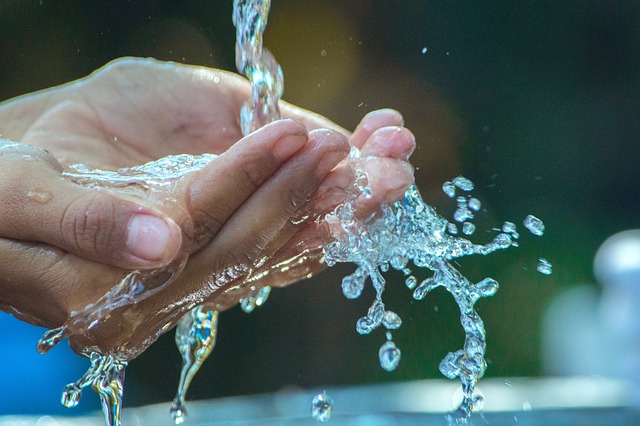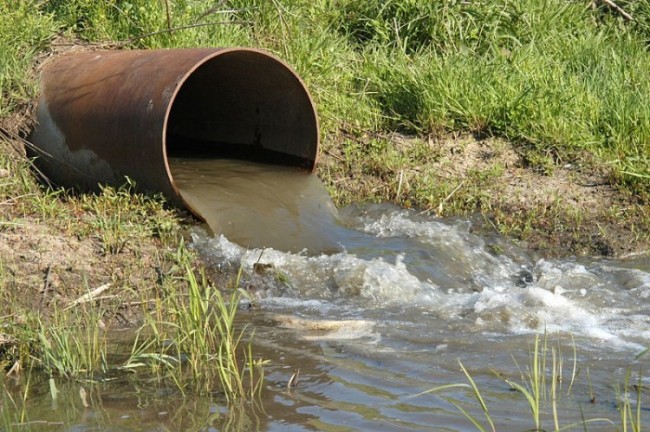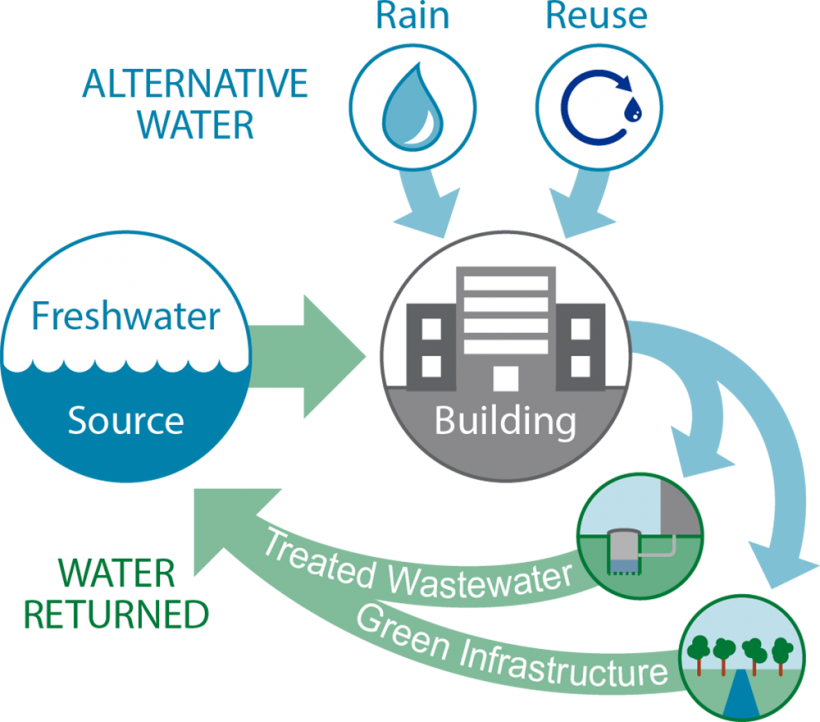 Most of us are used to clean water flowing right into our homes. We drink it, shower with it, and use it to flush the toilets. We water our plants with it.
Most of us are used to clean water flowing right into our homes. We drink it, shower with it, and use it to flush the toilets. We water our plants with it.
Have you ever wondered where this water comes from? Or where it goes? Or what might happen if we don’t have enough?
If you live in a city or a town, the water may be delivered to your home from a nearby river or lake, or from large pumps that pull it out of the ground (groundwater). Perhaps it was piped from hundreds of miles away, over mountains and through valleys. If you live in the country, you probably have your own small well and a pump to pull water out of the ground for your house.
After we use water in our homes, it flows down the drain. In cities and towns, this wastewater flows to a sewer treatment plant where it is cleaned and then usually dumped into a creek, river, or ocean. In the country, the wastewater flows into a tiny treatment system called a septic system. The water is cleaned and stored away deep underground.
Water Problems
 We cannot imagine living without water, yet many of us take it for granted. We rely on large water systems built by governments that bring water to people, businesses, and farms. In fact, people living in desert regions use just as much water as people living in rainy areas!
We cannot imagine living without water, yet many of us take it for granted. We rely on large water systems built by governments that bring water to people, businesses, and farms. In fact, people living in desert regions use just as much water as people living in rainy areas!
But now it is apparent that we have been using too much water. Rivers are unhealthy; fish are dying. And, in many places, water supplies are shrinking. During droughts, people are forced to reduce water usage so that their communities don't run out of water.
Climate change is making water problems worse by causing more extreme weather. Frequent droughts, hotter temperatures, and less snow mean more water shortages. It is time now to rethink how we use water and to plan for a drier future.
Luckily, there are easy ways to use a lot less water. Efficiency is the first step. Did you know an old toilet uses five gallons for each flush, while a new, water-efficient toilet uses just one gallon? Just by switching out a toilet, a house can save around 13,000 gallons of water per year -- enough to fill a backyard swimming pool!
Alternate Sources of Water
 The next step in using less water is reusing the water that we already have.
The next step in using less water is reusing the water that we already have.
Any water that doesn’t come from surface water like a river or groundwater is called an alternate source of water. Wastewater, for example, can be collected, cleaned, and used again. Water from sinks, showers, baths and washing machines is a cleaner type of wastewater (called greywater) and can be reused to water plants. Rainwater can also be collected and used.
Every home has alternate sources of water that can be tapped into by installing systems that reuse water. By using these sources of water instead of water from the tap, we reduce our water needs. This will help us through droughts and can move us into a future where we have enough water for people, our landscapes, and nature.
In this series of articles, we will share solutions on how we can reduce, reuse, and recycle this water. You’ll learn about rainwater harvesting, greywater reuse, and other water sources.








